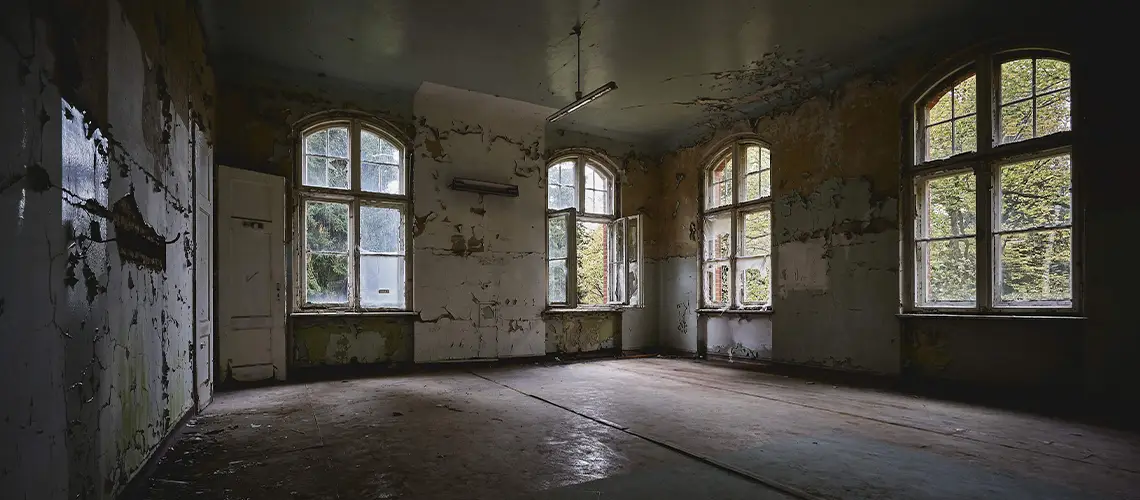Property depreciation is a vital concept in real estate and financial sectors. It plays a significant role in determining the worth of an asset over time. Whether you’re an investor, homeowner, or just an enthusiast, understanding how and why property values can depreciate offers invaluable insights into the dynamics of real estate markets.
The Basics of Property Depreciation
At its core, property depreciation refers to the decrease in the value of a property asset over time. It contrasts with appreciation, where an asset’s value increases. But what drives this depreciation?
1. Physical Deterioration
Over time, every property undergoes wear and tear. This natural process, resulting from use and passage of time, can cause a property to degrade, leading to depreciation in its value.
2. Functional Obsolescence
As modern needs and standards evolve, older designs and layouts might become outdated. For instance, a home designed in the 1970s might not serve the needs of today’s homeowner without significant modifications.
3. Economic or External Factors
Factors outside the property itself, like a downturn in the local economy, increased crime rates, or a declining neighbourhood, can lead to property depreciation.
4. Legal or Regulatory Changes
Changes in zoning laws, building regulations, or other legal factors can impact a property’s usability and, by extension, its value.
Calculating Property Depreciation
For investors, particularly those looking at rental properties, understanding how to calculate property depreciation can offer tax advantages. Generally, the depreciation can be claimed as a tax deduction, given that the property generates income.
1. Determine Property’s Asset Value
Start by determining the current value of the property. This might involve a professional property valuation or a review of the property’s purchase price and subsequent improvements.
2. Identify the Asset’s Useful Life
Each property, or components of it (like fixtures or installations), has a defined ‘useful life’. For instance, while the building structure might have a lifespan of 40 years, appliances might only last 10 years.
3. Apply the Depreciation Rate
Divide the asset value by its useful life to determine the annual depreciation amount. For more granularity, this can be broken down to monthly or even weekly values.
Effects of Property Depreciation on Owners and Investors
- Tax Implications: Property depreciation can offer tax deductions on income-generating assets.
- Asset Value Management: By understanding depreciation, owners can strategize on property upgrades or sales at opportune times.
- Financing Impact: Depreciation can influence property equity and, subsequently, borrowing capacities.
- Insurance Repercussions: As the value of the property changes, so might insurance requirements and premiums.
Countering Property Depreciation
While depreciation is natural, certain strategies can help counter its impact:
– Regular maintenance and upgrades to keep the property in top condition.
– Staying updated with legal and zoning changes to ensure maximum property utility.
– Periodic property valuations to stay informed and make timely decisions.
In the world of real estate, understanding property depreciation is essential for informed decision-making. It not only impacts the asset value but also influences tax, financing, and insurance considerations.



